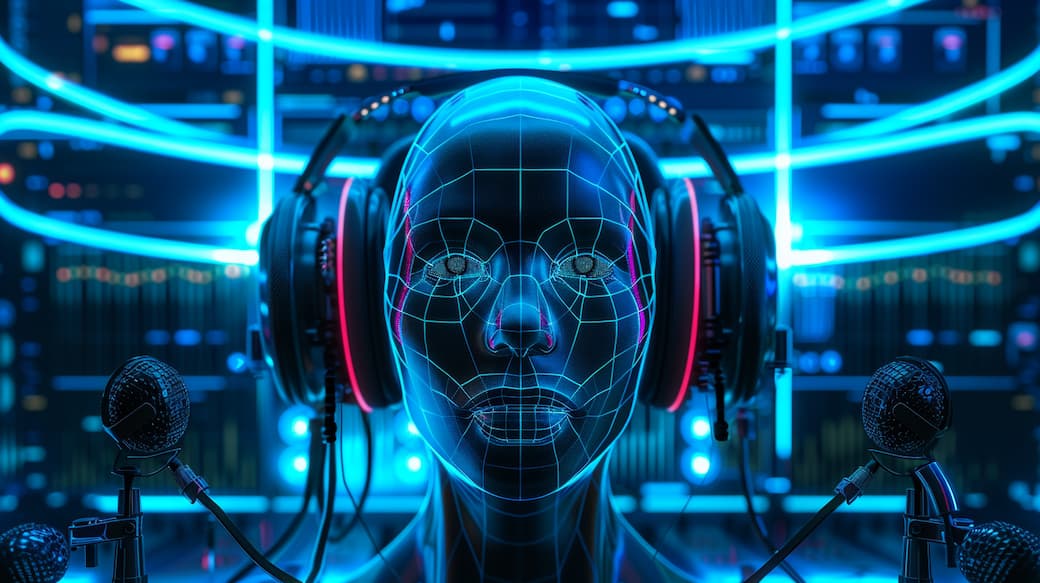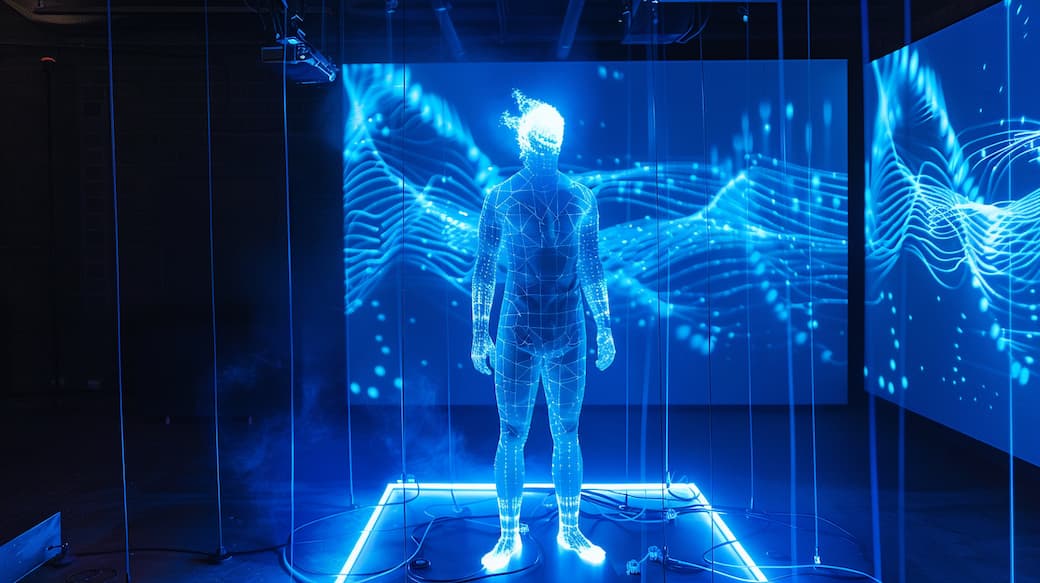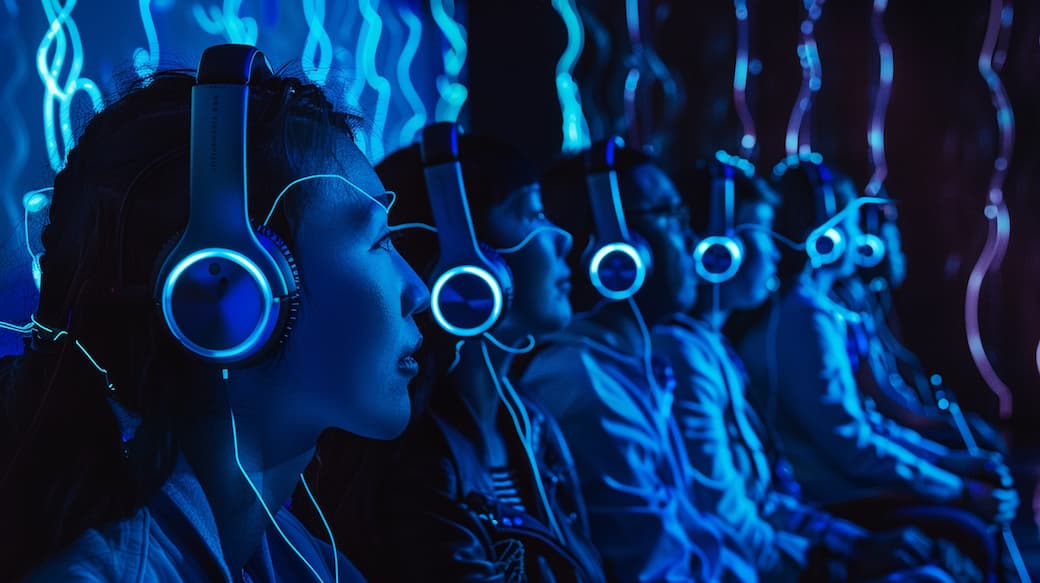
Exploring Immersive Audio Books: 3D Soundscapes for Spatial Storytelling
Content
Audiobooks began as a helpful tool for the visually impaired in the 1930s. Originally simple spoken-word recordings, their purpose was to make literature accessible to those who couldn’t read traditional print. Over time, as technology advanced, the format of audiobooks evolved from analog tapes and CDs to digital files that offered enhanced accessibility, convenience, and portability. This transformation allowed audiobooks to become a favorite choice for multitaskers and book lovers alike.
Recent Advancements in Audio Technology
With the rise of digital audio technology, audiobooks have undergone significant changes not just in distribution but in production as well. Modern audiobooks benefit from high-quality recording equipment, sophisticated editing software, and innovative distribution platforms that can deliver immersive audio content to listeners anywhere in the world.
These technological advancements have opened up new possibilities for sound design in audiobooks, making them more engaging than ever before. Dolby Atmos technology creates immersive audio experiences by treating sounds as individual ‘objects,’ allowing for a three-dimensional audio landscape.
Introduction to Immersive Audio Books

Immersive audio books represent the next step in the evolution of this format. Distinguished from traditional audiobooks by their rich, multi-dimensional soundscapes, immersive audio books use advanced audio technologies to create an enveloping listening experience.
This approach transforms audiobooks from mere narrations into dynamic, theatrical productions with detailed sound environments. These technologies simulate sound coming from various directions, enhancing the storytelling and providing listeners with a more engaging and realistic auditory experience.
What are Immersive Audiobooks?
Immersive audiobooks are a revolutionary form of audiobook that leverages sound effects, music, and a full cast of voice actors to create a deeply engaging listening experience. Unlike traditional audiobooks, which typically feature a single narrator, immersive audiobooks use a broad range of sound effects to bring stories to life, transporting listeners into the heart of the narrative.
These audiobooks can be found on various platforms, including Audible, Audiobooks.com, and Google Play Books. The combination of subtle ambiance, dramatic soundscapes, and musical scores enhances the storytelling, making the experience more vivid and captivating. Whether it’s the rustling of leaves in a forest or the bustling sounds of a city, these elements work together to create a truly immersive experience that goes beyond simple narration.
Unique Features Compared to Traditional Audiobooks
Unlike conventional audiobooks that typically feature a solo narrator, immersive audiobooks often employ a full cast performance, enhancing storytelling through character voices and immersive sound design. These elements are carefully orchestrated to give the listener the sensation of being inside the story, turning the audiobook into an interactive experience akin to a movie or a play. This not only enriches the listener’s engagement but also significantly enhances the emotional and entertainment value of the book.

The Role of Spatial Audio in Enhancing Narrative Experiences
Utilizing Spatial Audio Technology
Spatial audio technology plays a pivotal role in transforming audiobooks into immersive experiences. By employing sophisticated audio engineering techniques, spatial audio allows sounds to be placed precisely within a three-dimensional space around the listener. This technology not only surrounds the listener with sound but also positions these sounds in a way that mimics real-world acoustics.
For example, voices and sound effects can seem to come from specific directions, enhancing the listener’s sense of being present within the story’s setting. Fast paced narratives can further keep listeners engaged and excited, making the experience even more captivating.
Example of Immersive Audio: The Virtual Barbershop
A notable example of spatial audio in action is the virtual barbershop experience. In this scenario, spatial audio technology is used to create a highly realistic auditory environment. Listeners can hear the sounds of scissors snipping around their ears, the rustle of a barber’s movements, and the ambient noises of a barbershop. This use of detailed and directional sound not only captivates but also deeply engages the listener, making the experience strikingly real and vivid.
The Technical Side: Binaural Recordings and Beyond
Advanced Techniques for Three-Dimensional Sound
The creation of immersive audiobooks often involves advanced recording techniques such as binaural recordings. These are made using two microphones embedded in the ears of a dummy head or a human-like model, which simulate the natural hearing cues that occur in human ears. This method captures audio exactly as it would be heard by someone present in the environment where the recording takes place. Binaural recordings are crucial for reproducing the subtle acoustic nuances that convey a sense of space and distance.

The Role of Head-Related Transfer Functions (HRTFs)
Further enhancing the realism of immersive audiobooks, head-related transfer functions (HRTFs) are used to tailor the audio experience to the anatomy of the human head and ears. HRTFs help in replicating how an individual’s ears receive sound from various directions, considering factors like the shape of the ears and the size of the head. This personalized audio simulation is key to creating the illusion that listeners are physically present within the story, thereby intensifying their emotional connection and immersion.
These technical aspects of producing immersive audiobooks are fundamental in shaping how stories are experienced. By meticulously designing soundscapes that engage the listener’s senses from multiple directions, these technologies foster a new level of narrative depth and enjoyment.
Creative Challenges and Opportunities in Immersive Audio Books
Sound Design for Spatial Narratives
Navigating the Challenges
Sound designers face significant challenges when integrating immersive audio into audiobooks. The primary difficulty lies in creating a cohesive soundscape that supports the narrative without overwhelming it. Designers must carefully balance the placement and intensity of sound effects to ensure they enhance rather than distract from the storytelling. Additionally, maintaining consistency in audio quality and spatial effects across different listening environments can be technically demanding.

Creative Solutions in Audio Design
To overcome these challenges, sound designers employ creative solutions that blend spatial audio cues seamlessly with narrative elements. This might involve using dynamic audio adjustments that respond to the narrative’s pacing and intensity, or designing unique audio motifs for different characters and settings to help listeners easily distinguish and follow the story’s various elements.
By weaving these cues naturally into the narrative, designers can maintain the listener’s interest and deepen the storytelling impact.
Short stories particularly benefit from sound effects and music, enhancing the storytelling experience and making the content more accessible and enjoyable for all ages.

Real-World Applications and Case Studies
Success Stories in Full Cast Performance Immersive Audio Books
Several immersive audiobook projects have successfully harnessed spatial audio to enhance listener engagement. These projects utilize spatial audio not just for entertainment but to add a layer of depth and realism that traditional audiobooks cannot achieve. For those looking for recommendations, many experts share their opinions on single title audiobooks that stand out in this innovative format.
Case Study: Bringing Cityscapes to Life
One notable case study involves an audiobook project that integrated natural sounds and cityscape audio to enrich the narrative. In this project, the sounds of bustling city streets, ambient city park sounds, and public spaces were intricately blended into the story, providing listeners with a vivid sensory experience that complemented the plot and settings.
This approach not only captivated listeners but also anchored the narrative in a recognizable sonic world, making the story more relatable and immersive.
Top Immersive Audiobooks to Explore
If you’re new to immersive audiobooks, here are some top titles to explore:
- “The Sandman” by Neil Gaiman: This full-cast production features a broad range of sound effects and music, bringing Gaiman’s fantastical world to life in a way that is both enchanting and immersive.
- “World War Z” by Max Brooks: A dramatized audiobook with a full cast and sound effects that vividly depict the zombie apocalypse, making listeners feel as though they are part of the action.
- “The Walking Dead” by Robert Kirkman: This full-cast production, complete with sound effects and music, immerses listeners in the post-apocalyptic world of the popular TV series.
- “Star Wars: A New Hope” by George Lucas: A dramatized audiobook that recreates the iconic film with a full cast, sound effects, and music, offering a nostalgic yet fresh experience for fans.
- “The First Lady” by James Patterson: A full-cast production with sound effects and music that bring the political thriller to life, making the story more engaging and dynamic.
These titles showcase the power of immersive audiobooks to transform storytelling, making each listening experience unique and memorable.
The Future of Immersive Audio Books
Technological Advancements
The future of immersive audiobooks looks promising as emerging technologies continue to evolve. Advancements in AI and machine learning may soon allow more sophisticated and personalized audio experiences, where soundscapes adapt in real-time to individual listener preferences or reactions. Additionally, improvements in virtual reality and augmented reality technologies could lead to new forms of hybrid audiobooks that blend audio with visual or tactile stimuli, creating multi-sensory narratives.
Expanding Market Opportunities
As technology advances, new markets for immersive audio are expected to open in education, therapy, and beyond. In educational settings, immersive audiobooks could provide a dynamic learning experience that engages students more effectively than traditional textbooks or even visual media. In therapy, personalized audio environments could be used to deliver therapeutic content in a more soothing and impactful way, helping individuals cope with stress, anxiety, and other conditions.
The Cultural Impact of Immersive Audio
Transforming Narrative Experiences
Immersive audiobooks have the potential to revolutionize how stories are told and experienced. By offering a more engaging and interactive way to enjoy books, they can attract a broader audience, including younger listeners who might prefer dynamic and interactive content.
Inclusivity and Accessibility
Furthermore, immersive audiobooks can play a significant role in making literature more accessible to people with visual impairments or other disabilities that make reading difficult. These audio books provide an inclusive alternative that can deliver rich narrative experiences without the need for visual engagement, thus expanding cultural access to important literary works.
As immersive audio continues to develop, its influence on how we experience stories and educational content is likely to grow, marking a significant shift in both the audiobook industry and cultural consumption at large.

Where to Find Immersive Audiobooks
Immersive audiobooks can be found on various platforms, each offering a unique selection and features:
- Audible: Known for its extensive library, Audible offers a wide selection of immersive audiobooks, including exclusive Audible Originals that feature high-quality sound design and full cast performances.
- Audiobooks.com: This platform features a range of immersive audiobooks, including titles with intricate sound effects and full cast productions, ensuring a rich listening experience.
- Google Play Books: Offers a selection of immersive audiobooks with sound effects and music, making it easy to find titles that provide a captivating audio experience.
- Libro.fm: Partners with independent bookstores to offer a diverse range of immersive audiobooks, supporting local businesses while providing high-quality audio content.
These platforms make it easy to access a broad range of immersive audiobooks, allowing listeners to explore new worlds and stories with enhanced audio elements.
Getting Started with Immersive Audiobooks
Getting started with immersive audiobooks is easy and rewarding. Here are some tips to help you dive into this exciting format:
- Choose a Platform: Select a platform that offers a good selection of immersive audiobooks, such as Audible or Audiobooks.com. Consider the platform’s features, such as exclusive content and user interface.
- Browse Titles: Explore the available titles and look for those that interest you. Pay attention to reviews and descriptions to find audiobooks with high-quality sound effects, music, and full cast performances.
- Check the Production: Ensure that the audiobook you choose has the elements that make for an immersive experience. Look for mentions of sound effects, music, and a full cast in the description.
- Start Listening: Once you’ve chosen a title, start listening and immerse yourself in the rich audio environment. Use good quality headphones to enhance the experience and fully appreciate the sound design.
By following these steps, you can easily get started with immersive audiobooks and enjoy a new level of storytelling that engages your senses and imagination.
Conclusion: The Expanding World of Immersive Audiobooks
Recap of the Transformative Potential of Immersive Audio
Immersive audiobooks represent a significant leap forward in the realm of storytelling. Through the integration of spatial audio, full cast performances, and sophisticated sound design, this innovative format has transformed the traditional audiobook into a dynamic and interactive experience.
The ability to immerse listeners in a vivid audio environment not only enhances the enjoyment and engagement of audiobooks but also redefines the boundaries of narrative possibilities. This evolution shows how far audio technology has come from its origins, moving from simple spoken words to complex, immersive audio landscapes that can convey a deeper sense of place and emotion.
Final Thoughts on Future Possibilities
Looking ahead, the possibilities for immersive audiobooks are boundless. As audio technology continues to evolve, future advancements are expected to further enhance the realism and interactivity of these experiences.
The ongoing development of 3D audio and spatial sound technologies, coupled with innovations in AI and AR/VR, promises to introduce even more personalized and engaging ways to experience stories. Additionally, as these technologies become more accessible, we can anticipate a wider adoption across various fields, including education, therapy, and beyond, where they can offer unique benefits.
The ongoing evolution of audio technology in storytelling is not just about enhancing entertainment—it’s about enriching lives by making narrative experiences more accessible and engaging for all audiences. Immersive audiobooks stand at the forefront of this transformation, promising to bring new depth to our literary encounters and to connect us more profoundly with the world of stories.
As we look to the future, the potential for immersive audio to revolutionize storytelling is not only exciting but also a testament to the endless creativity and innovation inherent in the human spirit.
Back to blogRelated Articles
3D Audio - the immersive spatial soundtrack from all directions
360 Microphone for 3D Audio Recording in VR
Audio Definition Model (ADM) supercharges 3D Dolby Atmos
360 Production Sound - Creative Thoughts planning VR Audio
VRTonung learning - THE spatial audio course for immersive media